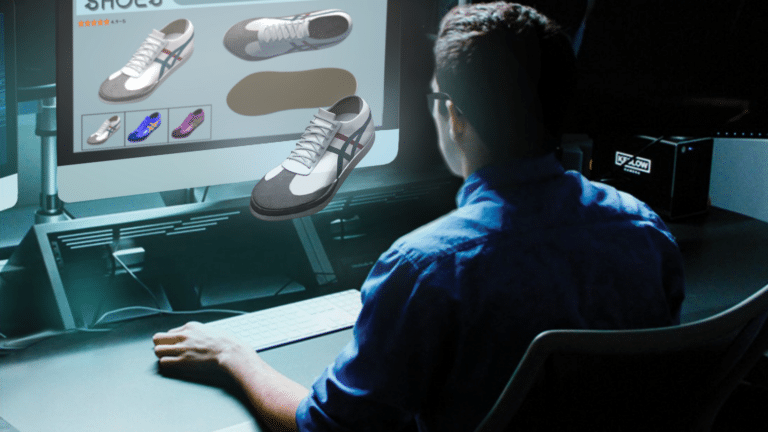
A Fashionista’s Experience with Desktop AR
by Natasha Sethi
Online stores, especially in fashion, are more prevalent than ever. The change in lifestyle and restrictions caused by COVID-19 have boosted online fashion and e-commerce in general. People can now shop for most anything they need from the convenience of home.
But even though comfort levels with online shopping have been elevated over the past year, some longstanding issues persist. For example, customers naturally want to see products in the most organic way possible.
Being a fashionista, I understand and empathize with the desire to view products as I would in person. Product uncertainty is one of the biggest pain points in eCommerce which still hasn’t been solved after more than 20 years of online shopping.
Lesser-Known AR
To alleviate this dilemma, imagine a technology that virtually teleports products to you. This includes shoes, clothes, or accessories — basically any fashion product. The opportunity is to view these products as holograms, including 360-degree views.
Another advantage of this scenario is to customize outfits before making a buying decision. For example, immersive product viewing means that you can see how the back of a dress looks — a missing element in traditional online shopping when multiple angles aren’t offered.
The answer to all of these fashion issues and dilemmas is desktop AR. What is this exactly? It’s a lesser-known flavor of augmented reality that’s native to desktop computing. Because that’s where e-commerce more often happens — versus your smartphone — it’s an area that’s ripe for development.
How Does it Work?
Desktop AR works as a propagating technology that allows desktop computers and laptops to create the illusion of 3D objects floating in front of the screen. This allows you to have a holographic experience.
In fact, one of the biggest benefits is to experience basic AR without having to strap on a headset or hold up your mobile device to view AR through a tiny window.
Going deeper on the technicalities, desktop AR renders red-blue 3D images (sort of like watching a movie in 3D) as deemed appropriate to the user’s viewing positions. This requires a pair of anaglyph glasses, also known as 3D glasses. This means that the technology is based on old-school mechanics but brings it to new light (literally).
Using your webcam to track your perception, you can also move the screen on command to get a sense of depth. Finally, the experience requires desktop AR software such as that shown in the video below. The end result is a holographic experience through a stereoscopic view, where objects appear to pop off the screen.
Trying it Out
Much of the above was validated in my recent hands-on experience. Being someone that isn’t exactly an early adopter of new technologies, the experience had appeal in not requiring lots of equipment.
It was also appealing in its level of graphical detail. The only substantial difference between a hologram and an actual product is that holograms are not tangible. This graphical fidelity is important when being able to gain a more visceral understanding of products in any online shopping scenario.
In terms of fashion, desktop AR could benefit online shoppers in a few key areas. Whether it’s pandemic-inflicted shopping restrictions, a busy schedule that limits time for in-person shopping, or simply a preference towards the convenience of online shopping, desktop AR could be the answer.
![]()
Natasha Sethi is a full-time writer who specializes in lifestyle topics such as fashion, health, and dining.






